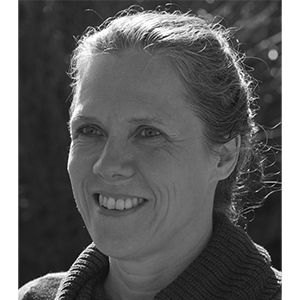Prof. Carola Hein
ABSTRACT: Modern ports are economic drivers and key to the global exchange of goods and people, yet, their giant cranes, huge ships and extensive industrial landscapes are largely inaccessible, and seemingly with little impact on nearby cities and rural areas. Located outside the everyday experience of most people, these peripheral territories are shaped and reshaped, extended and relocated by a select group of people with planning powers that go largely beyond the control of urban planners or citizens and are often orchestrated by global or national interests. Traditional integration of port and city—with buildings that featured warehousing, administration and living under the same roof—have long disappeared. This traditionally close relationship between port and city has started to change since industrialization. From the 1960s ports have detached from cities moving closer to the sea and to deeper waters seemingly limiting the negative externalities for nearby cities. This departure of ports to the periphery freed up space for inner city urban expansion and recuperation of former industrial sites leading to the development of waterfront renewal projects with housing, leisure, commercial or corporate functions under the leadership of local authorities. Largely independent port authorities are tasked to generate income from shipping and industrial production and are equipped with extensive planning powers in the port areas. Notably the presence of large industrial facilities, petroleum refineries and storage but also other polluting industries has been guided through planning interventions inside the port. Despite the apparent peripheral character of port areas, the very presence of ports and the land use in its area has continued to shape the physical form of port city territories nearby, their institutional arrangements as well as the health of the citizens in the area. This presentation explores the roles of peripheral ports on the urban form and development of nearby cities and rural territories.
Speaker Biographies:

Prof. Carola Hein
Carola Hein is Professor and Head, History of Architecture and Urban Planning Chair at Delft University of Technology. She has published widely in the field of architectural, urban and planning history and has tied historical analysis to contemporary development. Among other major grants, she received a Guggenheim Fellowship to pursue research on The Global Architecture of Oil and an Alexander von Humboldt fellowship to investigate large-scale urban transformation in Hamburg in international context between 1842 and 2008, and a Volkswagen Foundation grant for a mixed method digital humanities project ArchMediaL. Her current research interests include the transmission of architectural and urban ideas, focusing specifically on port cities and the global architecture of oil. She has curated Oildam: Rotterdam in the oil era 1862-2016 at Museum Rotterdam. She serves as IPHS Editor for Planning Perspectives and as Asia book review editor for Journal of Urban History.
SESSION 2:
Date: Thursday, 23 September
Seminar time: 17:40 - 19:30 AEST